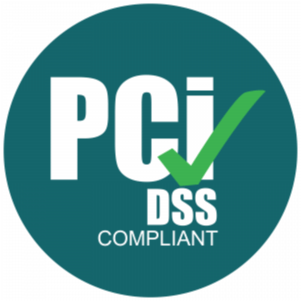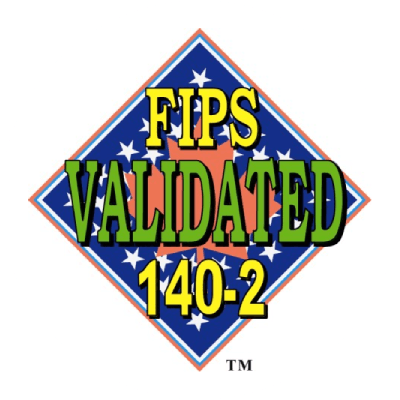Tokenization
What is Tokenization?
Tokenization is a data security technique that replaces sensitive information with non-sensitive substitutes called tokens. These tokens hold no intrinsic value and cannot be used to derive the original data, ensuring the protection of sensitive information. The actual data is securely stored in a separate token vault, and the token serves as a placeholder that can only reference the original data under secure conditions.
How Does Tokenization Work?
The tokenization process involves:
- Data Substitution: Sensitive data—like credit card numbers or Social Security numbers—is replaced with randomly generated tokens that mimic the format of the original data.
- Secure Vault Storage: The real data is encrypted and stored in a secure token vault, ensuring that it is inaccessible without proper authorization.
- Token Reference: Tokens act as identifiers that can be used in place of sensitive data for processes like testing, analytics, or transactions, without exposing the original information.
Key Benefits of Tokenization
- Enhanced Data Security: Tokens are meaningless if intercepted, as they cannot be reverse-engineered to reveal the original data.
- Simplified Compliance: Tokenization helps businesses meet regulatory requirements, such as PCI DSS, by reducing the scope of sensitive data handled directly.
- Operational Flexibility: Tokens allow businesses to use simulated data in development and analytics environments without compromising real data.
Common Use Cases for Tokenization
- Payment Processing: Protects credit card and payment data during transactions.
- Data Masking: Enables secure use of anonymized data in testing and development environments.
- Compliance: Simplifies adherence to regulations like PCI DSS and GDPR by minimizing exposure of sensitive data.
How Tokenization Differs from Encryption
While both tokenization and encryption are data protection techniques, they differ in functionality and use cases:
- Reversibility: Tokenization requires accessing a secure token vault to retrieve the original data, while encryption uses a decryption key to reverse the encoded data.
- Data Structure: Tokenization retains the original format of the data for compatibility, whereas encryption scrambles the data, altering its structure.
- Performance: Tokenization typically requires less computational power compared to encryption, making it ideal for high-volume transactional environments.
When to Use Tokenization
Tokenization is most effective in scenarios where protecting structured data, maintaining regulatory compliance, and minimizing risk exposure are essential to operational and security goals. These situations include:
- Protecting Structured Data: For scenarios like payment processing or customer data protection.
- Meeting Compliance Requirements: Particularly in heavily regulated industries such as finance and healthcare.
- Reducing Risk Exposure: By limiting the handling of sensitive data within operational workflows.
Tokenization and Regulatory Compliance
Tokenization is an essential approach for meeting regulatory requirements across industries that handle sensitive data. By replacing real information with secure tokens, it minimizes exposure and simplifies compliance processes.
The following are key frameworks where tokenization plays a critical role:
- PCI DSS: Simplifies handling of payment card information by replacing it with tokens.
- GDPR: Protects personally identifiable information (PII) by ensuring sensitive data is securely masked.
- HIPAA: Helps healthcare organizations secure protected health information (PHI).
The Future of Tokenization
As data security threats continue to evolve, tokenization is becoming a cornerstone of modern data protection strategies. Its ability to safeguard sensitive information without hindering operational processes makes it an essential tool for businesses navigating the complexities of data privacy and regulatory compliance.











